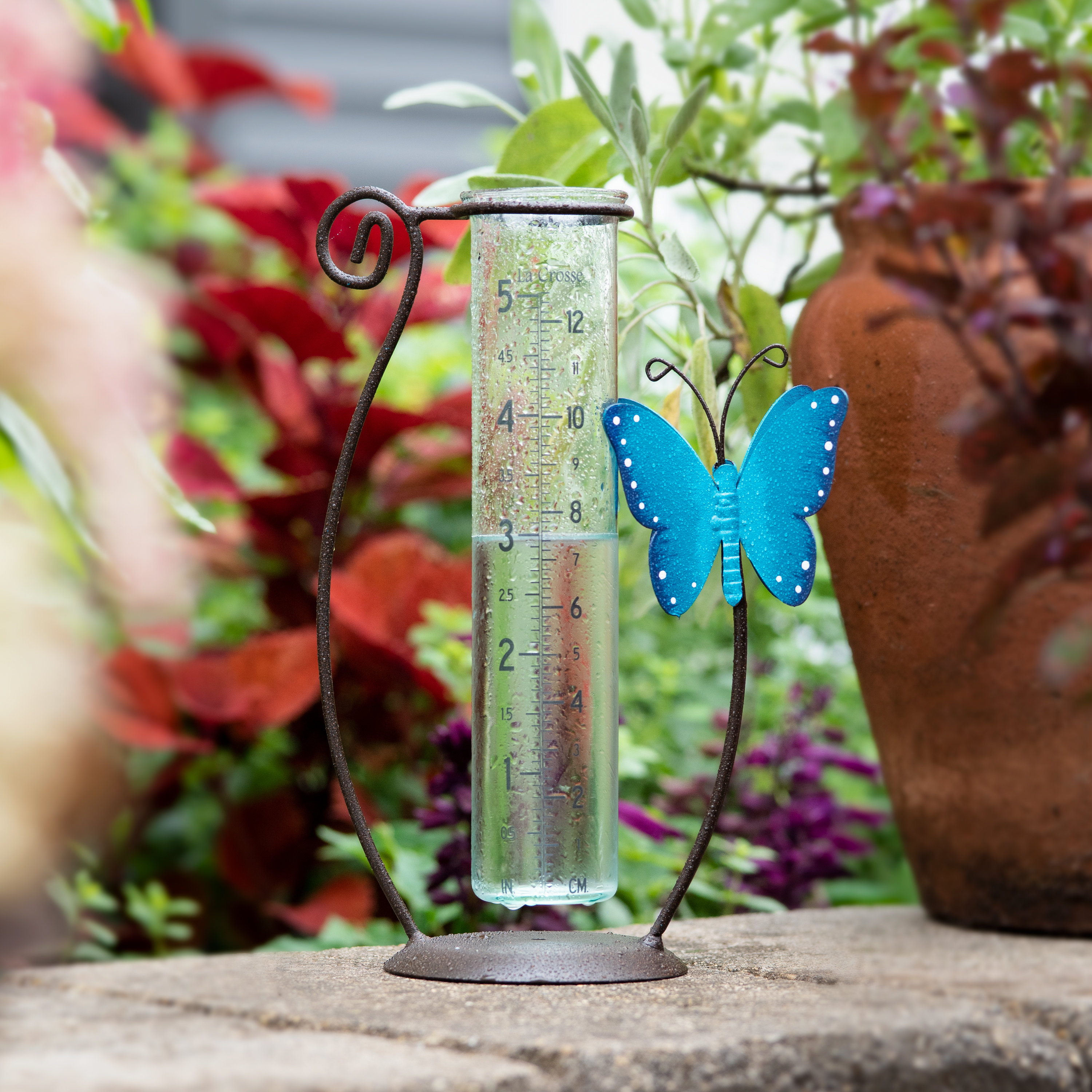The Rain Gauge: Essential Details and Finest Practices for Climate Lovers
The Rain Gauge: Essential Details and Finest Practices for Climate Lovers
Blog Article
Do It Yourself Rain Scale: Easy Steps to Make Your Own
Are you thinking about tracking rainfall in your area? Developing your own DIY rain scale is a reliable and straightforward means to videotape and measure precipitation. With simply a couple of usual products and some basic actions, you can easily build your very own rainfall gauge in the house. In this guide, we will provide you with a detailed process to assist you create your very own rainfall gauge. No demand for any specialized knowledge or tools - this job can be completed by anybody. By following these straightforward directions, you will have a dependable tool to measure rainfall and add to your understanding of the neighborhood weather patterns. Let's obtain started on making your DIY rain gauge today!
Gather Materials
To begin creating your DIY rain scale, gather all the essential materials using a detailed listing of products. Having the ideal products on hand will ensure the successful creation of your rainfall gauge and allow for accurate measurements of rains. Gathering these materials beforehand will enhance the construction process and ensure that you have whatever you require to create your own DIY rain gauge.
Prepare the Container

Mark the Measurement Increments
To properly determine the amount of rains, precisely noting the dimension increments on your DIY rain gauge is crucial. Without accurate and clear markings, it would be hard to establish the precise amount of rainfall gathered in your rainfall scale. Below are the steps to note the measurement increments on your rain gauge.
First, choose the system of dimension that you wish to make use of. The most common units for determining rains are millimeters and inches. Utilize a permanent pen or water resistant paint to mark the increments on the side of your rain gauge when you have chosen the system. For inches, you can mark every quarter inch or every half inch, relying on your preference. For millimeters, web you can mark every 10 millimeters or every 20 millimeters.
When noting the increments, it is necessary to ensure that they are uniformly spaced and plainly visible. Utilize a ruler or measuring tape to make sure precision and uniformity. In addition, see to it that the markings are immune to fading or scrubing off, as direct exposure to the components might cause them to deteriorate with time.
Location the Rain Scale Outdoors
The rainfall scale should be placed outdoors to precisely gather rainfall information. The area chosen for the rainfall gauge ought to be cost-free and open from any obstructions that might possibly influence the dimension of rainfall. It is important to find an area that is not blocked by trees, buildings, or various other structures that can block the rainfall from reaching the gauge. This will ensure that the gathered data is rep of the real rainfall Discover More Here in the location.
Furthermore, it is crucial to position the rainfall gauge on a steady surface, such as a degree ground or a sturdy blog post. This will certainly avoid any kind of motion or tilting of the gauge, which might cause imprecise measurements. It is additionally recommended to prevent positioning the gauge near any type of sources of artificial water, such as sprinklers or drain systems, as this might disrupt the precision of the measurements.
Monitor and Record Rain Information
Regular surveillance and recording of rainfall information is vital for precise information evaluation and interpretation. By keeping track of rains dimensions, you can obtain valuable understandings into weather patterns, climate fads, and water source management. To effectively keep track of and tape rains data, it is essential to establish a routine and keep constant practices.
To start with, make sure that your rainfall scale is positioned in an open area away from barriers such as trees or structures that might obstruct rainfall. Furthermore, make certain the rain gauge is degree and safely anchored to avoid any motion that can influence the accuracy of the dimensions.

When taping the rains data, it is essential to keep in mind the date and time of each measurement. Use a leader or a determining adhere to figure out the rains deepness in the rainfall scale, and document this details accurately.
To ensure the precision of the dimensions, it is advised to empty the rainfall scale after each recording. This will certainly prevent any overflow or dissipation from influencing succeeding dimensions.
Conclusion
Finally, developing a DIY rainfall gauge is a functional and basic method to monitor and videotape rains information (The Rain Gauge). By following the steps described in this write-up, you can quickly collect products, prepare the container, mark the dimension increments, and put the rainfall gauge outdoors. Regularly monitoring and recording rains data can provide important info for numerous objectives
Having the right materials on hand will guarantee the successful production of your rainfall scale and enable for accurate measurements of rainfall.To properly gauge the amount of rainfall, accurately marking the dimension increments on your Do it yourself rain scale is necessary.The rainfall gauge need to be put outdoors to precisely collect rainfall data. The area selected for the rainfall gauge should be totally free and open from any browse around these guys kind of obstructions that might possibly impact the measurement of rainfall.In final thought, creating a DIY rain scale is a basic and sensible method to keep an eye on and tape-record rainfall information.
Report this page